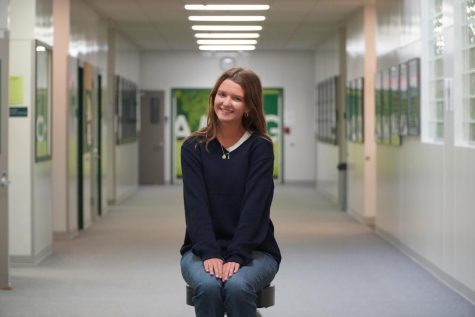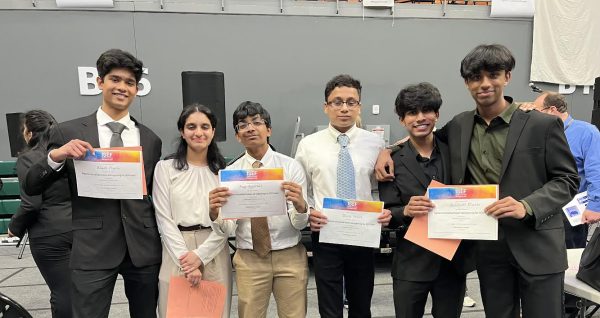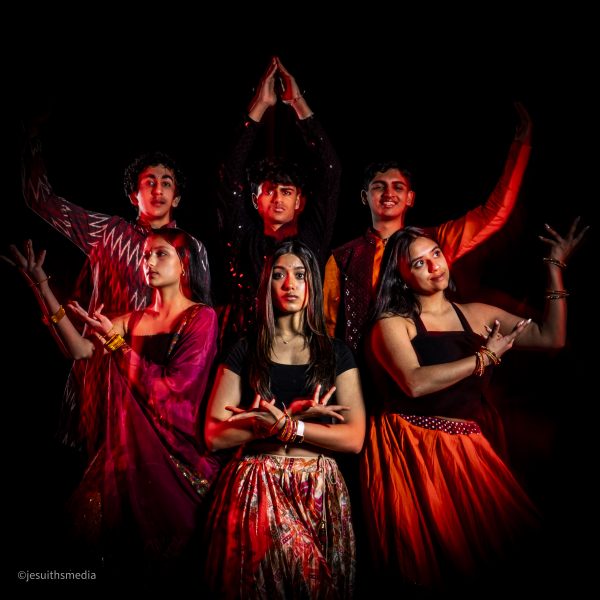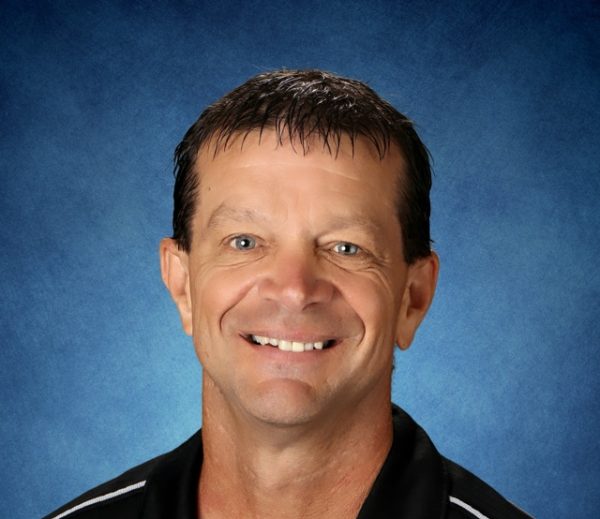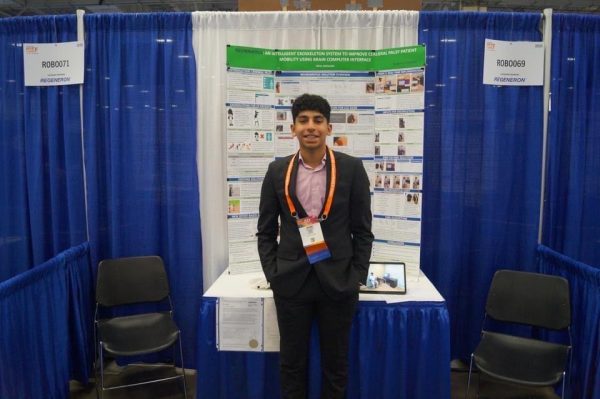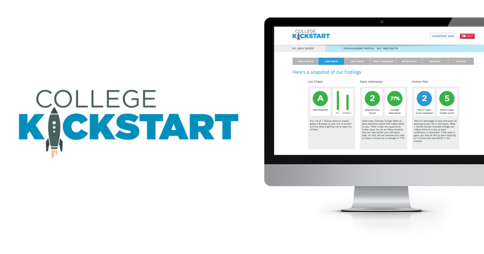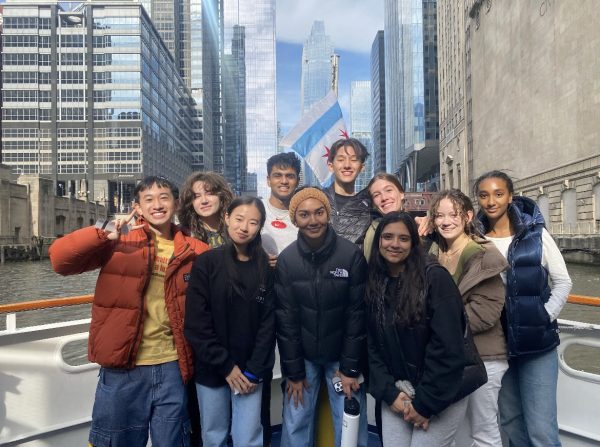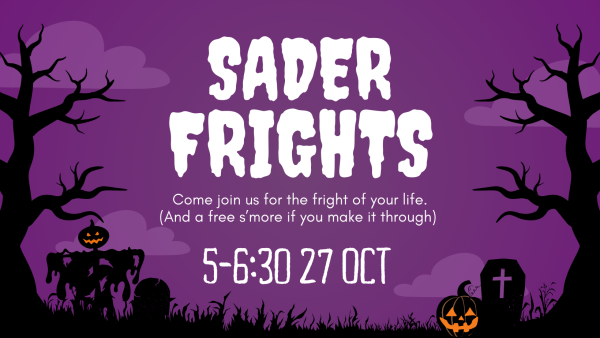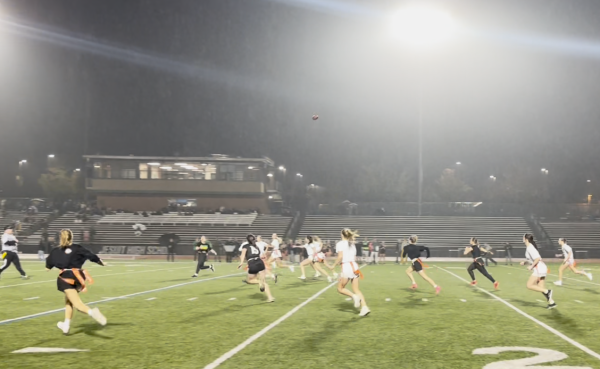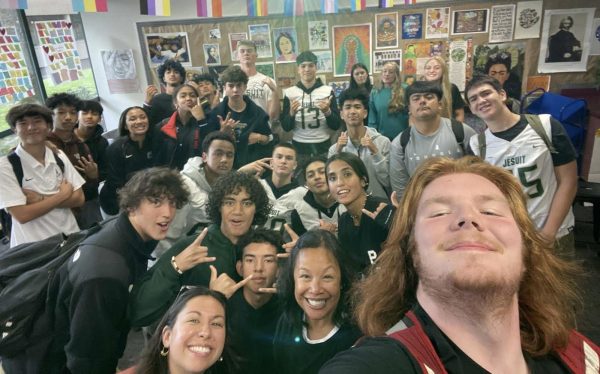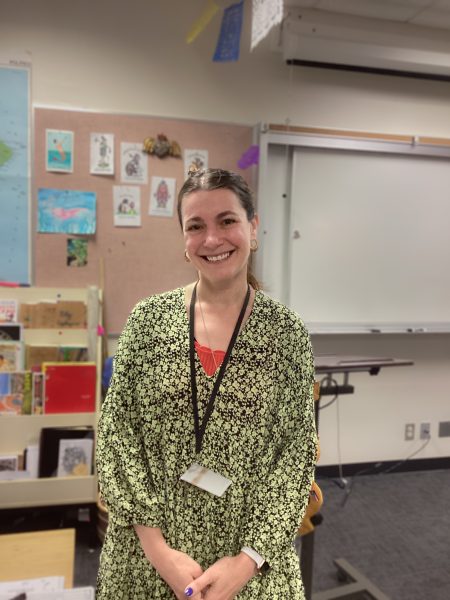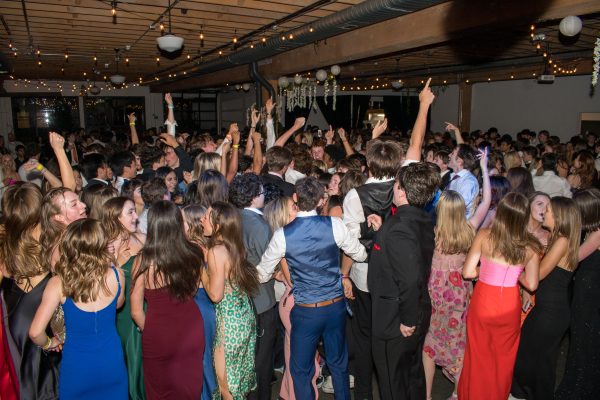NOT CLICKBAIT: How Misinformation Plagues Media Consumers
Photo by Hannah Olinger on Unsplash
Close reading is critical to avoiding clickbait content. Students should avoid easy answers to difficult questions.
Misinformation. Fake news. Propaganda. Conspiracy theories. Americans have grown up hearing, seeing, and talking about these terms on the news, on social media, or during a heated, and probably political, argument. But what is misinformation, and why do we hear about it all around us?
Misinformation is typically found on social media and some news sources. It can range from sources dramatizing an event, cherry-picking certain facts or language from an interview, or using false headlines to “clickbait” viewers. These types of misinformation seek to draw an audience through sensationalism.
This phenomenon has grown with the help of social media and strategic algorithms. For example, because we are more likely to react to content that supports our existing biases or beliefs, social media algorithms will continue to show the same kind of content in your feed and to more users. However, anyone and everyone can post information on social media. This information often excludes nuances, is poorly researched, or is simply untrue. But when users continue to see infographics, stories, or posts that seem reliable, it continues to spread and eventually be seen as truth.
The lack of critical thinking when interacting with social media and news sources spurs the growth of misinformation. Only seeing one side of a viewpoint on social media creates confirmation and desirability biases, which are the tendencies to only observe and believe new evidence that support existing beliefs.
According to CNN, 39% of teenagers reported that they prefer to get their news from social media over traditional media websites or papers. 66% of teenagers said they trusted information they received from their family over news organizations, schools, and friends. Since students are surrounded by “fake news” all around them, it’s important that they learn how to avoid and detect misinformation, and further, learn how and why it’s important to be a critical thinker, especially in the growing age of social media.
How to avoid and detect fake news
Library director Mr. Lum highlighted a common place where misinformation tends to occur on social media.
“If someone with a large following, such as Ariana Grande, sees something and doesn’t double check her sources, but puts that out to millions of followers, that’s not good,” Lum said. “The bigger name people should have more inclination to be responsible because of the following they have. News sources tend to do more fact checking first… famous people, not as much.”
However, according to associate librarian Mrs. Fitzpatrick-Bjorn, teens play a promising role in detecting misinformation.
“Of course all of us fall into misinformation traps, but I honestly think that kids are sometimes a little more untrusting, and [they] think ‘I don’t know about that, I’m gonna look that up somewhere else,’” Fitzpatrick-Bjorn said. “In school we do encourage them to read widely and consult different sources. Kids also have a little bit more leisure time and spend more time online than adults, so when they see something that is of interest, they usually have the time to consult other sites about it and learn more.”
Fitzpatrick-Bjorn recommended some more helpful sources to consult rather than social media.
“Go to databases more if you’re really looking for facts and more sophisticated information about topics,” Fitzpatrick-Bjorn said. “Take the time to find vetted sources, whether that’s a news source or another place.”
An article by Stevenson University defined the 4 steps to vetting sources as authority, accuracy, coverage, and currency.
It calls on students to ask questions while researching: who is the author and what is their reputation? Are there proper citations? Is the information biased? Are there statistics and graphs that add to the credibility? Is the information up to date?
Critical thinking
While vetting sources, it is also crucial to read broadly. This could mean reading a wide variety of mediums (listening to a podcast, supporting smaller newspapers or journalists). This could also look like reading sources that challenge or cause you to think further about previous opinions (instead of relying on Fox News or CNN).
Developing media literacy skills and learning to be open to different perspectives will ultimately shape students into more critical thinkers.
Mrs. Fitzpatrick-Bjorn and Mr. Lum described what they think makes a critical thinker.
“Critical thinkers take time with their topics,” Fitzpatrick-Bjorn said. “They weigh various information together and synthesize their own opinion. You do have to work at being a critical thinker and have to be passionate and open to thinking deeper and learning,” Fitzpatrick-Bjorn said.
“Critical thinkers research broadly,” Lum said. “They think beyond main news sources and get a balanced view whether that’s politically a balance between left and right, or also in other scenarios. They also do not rely on TikTok and Instagram!”
To get another picture of what a critical thinker really is, the book Think Again by Adam Grant details three types of thinkers and compares them to a politician, preacher, and scientist. He calls upon readers to think more like a scientist: looking for evidence, asking questions, persuading an audience by listening, and acknowledging what you don’t know. He advises readers to avoid focusing on winning approval by their beliefs (politician), and to detach from giving sermons to defend and protect concrete ideas (preacher).
Similarly, the book How to Have Impossible Conversations by Peter Boghossian and James Lindsay calls upon readers to improve critical thinking skills through conversation. It defines that the best way to engage and develop beliefs is through open conversation and to not be afraid to challenge friends on their ideas and to be open to someone challenging your ideas.
While misinformation continues to be a threat, the wide variety of authors, journalists, teachers, and resources educating communities to fight these problems prevail. It is important for high school students and beyond to recognize the importance of thinking critically while investigating a source and to mindfully navigate the world of media.
Healthily start a constructive debate with a friend, double check that Instagram infographic, and most of all, have an open mind. The future starts with you.
